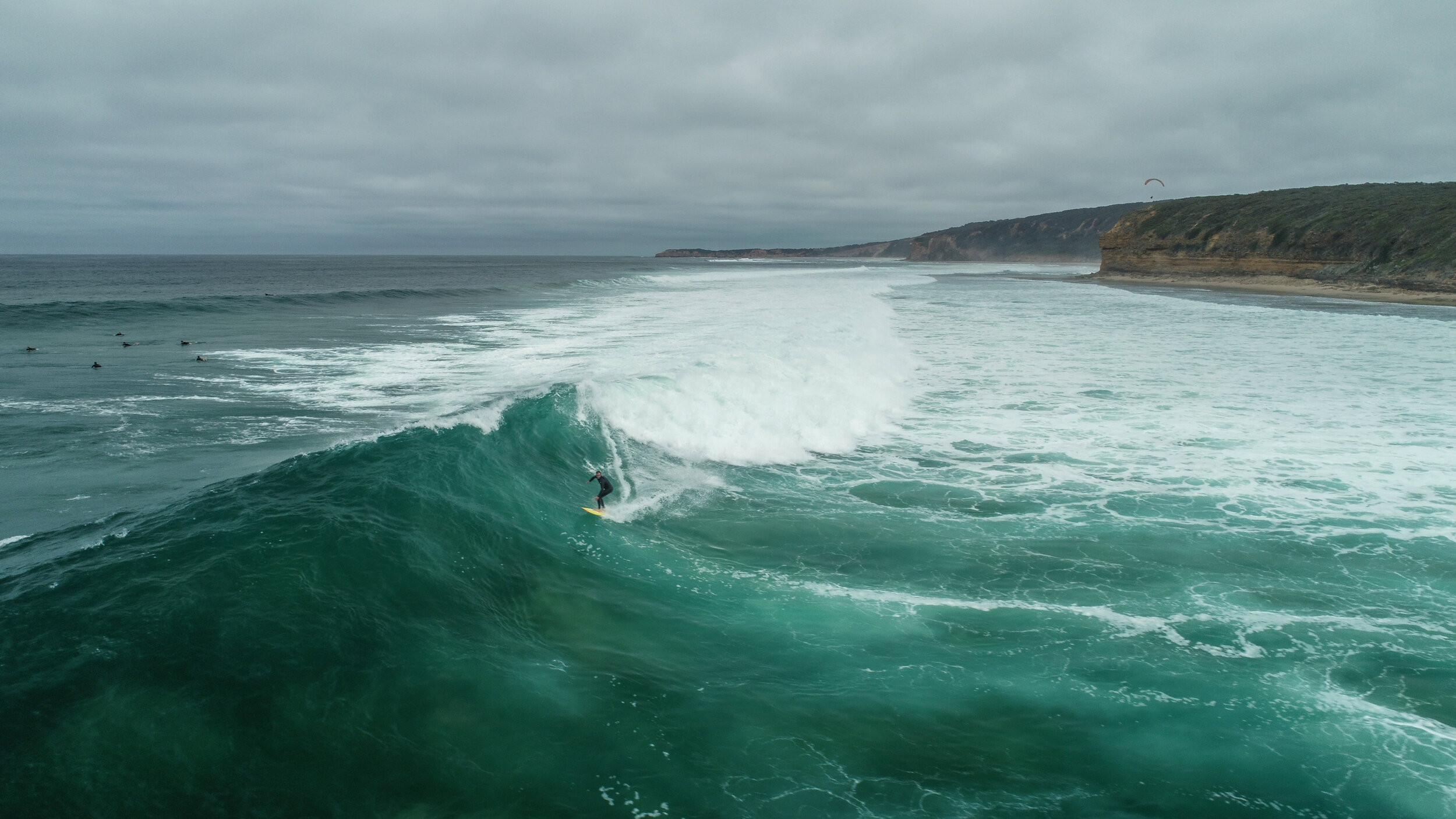Gloomy Octopus
Article by Layla Moseby Read
The gloomy octopus (Octopus tetricus) is a medium-sized octopus known for its distinctive ‘sad-looking’ white eyes and rust-coloured arms. But don’t let its sombre appearance fool you - this species exhibits complex behaviours, novel social interactions and unusual throwing abilities. Found along the Great Southern Reef and the eastern coast of New Zealand, gloomy octopuses live on intertidal rocky shores, seagrass beds and rocky reefs.
Image: Mike JonesA Nighttime predator
Gloomy octopuses are nocturnal, spending their days hidden in rocky lairs decorated by the shells of their prey. When night falls, they emerge to hunt on molluscs and crustaceans. This species is also cannibalistic, where bigger gloomy octopuses eat the arms of smaller individuals. In an even more dramatic twist, some female gloomy octopuses have been found to exhibit sexual cannibalism, devouring their mates after mating.
Image: Mike JonesGloomy octopus ecology
With an arm span of over 200 centimetres and weight up to 2.6 kilograms, gloomy octopus have been found to live to an age of almost two years. Their main predators are sharks, fish and sealions. Amazingly, this species can change the colour and texture of its skin. In less than a second, they can go from a pale, boring brown to looking like a mottled, green piece of seaweed. They can even create bumps or spikes with their skin to aid their camouflage.
Female gloomy octopuses can lay over 250,000 tiny eggs in long strings. Like many octopus species, females care for the eggs until they hatch - a reproductive strategy known as semelparity, meaning they brood once in their lifestyle. The females usually stop feeding while caring for their eggs and die soon after the eggs hatch.
Image: Mike JonesConservation status
Due to the gloomy octopus's enigmatic nature, little is known about the overall health of their population. The IUCN Red List assessed them in 2016 and listed them as Least Concern. However, as a response to climate change, the gloomy octopus extended its range south. Now, this species also inhabits the waters off eastern Victoria and Flinders Island off north-eastern Tasmania.
Image: Mike JonesThe art of throwing with aim
One of the most extraordinary behaviours of the gloomy octopus is its ability to throw objects. Using a jet of water, they can hurl shells, silt and algae with surprising accuracy. This rare behaviour has been observed in various contexts: from discarding the remains of a meal, excavating or rearranging den materials. On occasion, gloomy octopuses even throw objects at each other. Females are more likely to throw objects than males and darker coloured octopuses seem to exhibit more aggressive throwing behaviours.
Image: Mike JonesNot so solitary after all
Although octopuses are typically seen as solitary creatures, gloomy octopuses defy this stereotype. In Jervis Bay, NSW, researchers observed gloomy octopuses living together in high densities. At this site up to 11 gloomy octopuses were recorded inhabiting the same area at the same time, interacting socially with each other and feeding during the daytime. It is believed that physical modification of the site through the build-up of shells brought into the area from foraging has helped house greater octopus densities. Frequent interactions between octopuses are unusual, but this research suggests that social interactions between octopus species may vary in different habitats and conditions.
Image: Mike JonesFAST FACTS
Species: Octopus tetricus
Distinctive feature: Bright white eyes
Diet: Molluscs and crustaceans
Arm span: 200 centimetres
Depth: < 60 metres
Interesting fact: Gloomy octopuses are one of the few species that can throw objects with aim.
Image: Mike Jones







